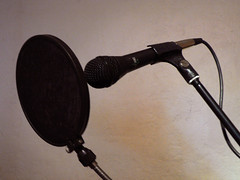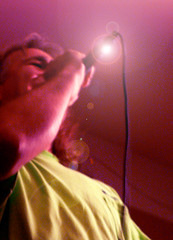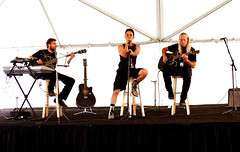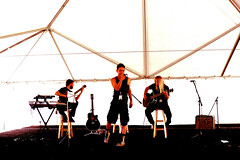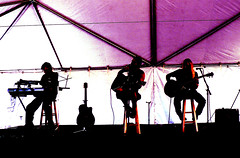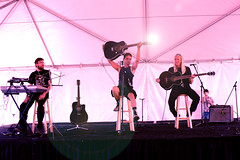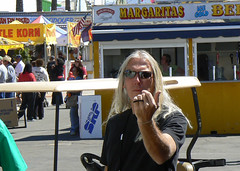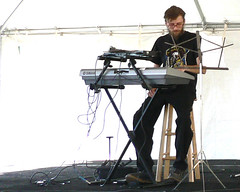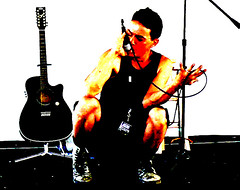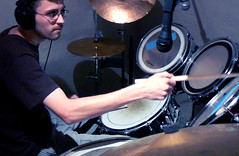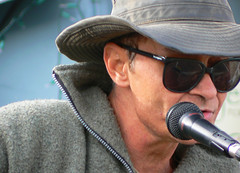B. Thomas Cooper - Editor
A Wonder of Science, indeed. Here is an interesting anecdote on the subject of home studio recording. A few years back, when I was first learning to utilize the various audio software products available, I was experimenting with creating loops from commonly available samples, and soon found myself caught up in the moment.

I had begun by looping a simple guitar riff, added a bass line and some percussion samples, and before I could catch my breath, I had dialed in a dynamic microphone, and was recording thick layers of vocal overdubs. At the time, I was still under the impression I was only testing the new software, but soon hooks and melodies began to develop. The song was writing itself. I was on a roll. Such is the peril of the creative process.
I quickly lost count of the endless cups of coffee I was consuming, at an ever more rapid rate, I might add. As the evening progressed, I soon found myself returning to the original samples, creating what would become the verse and pre-chorus sections of the song. Again the lyrics and melody came quickly, and with little of the usual self loathing or trepidation.
Before the session could draw to a close, I realized I had written an entire song, starting at the end of the song, and finishing with the bridge section. The irony was in the working title, which wound up being the actual title, and the theme of the song as well, The song, A Wonder of Science, is about advancements in technology, and how they effect our culture.
You know, I still listen to the song with a bit of amazement myself, having written countless songs, but certainly none in the manner in which I composed Wonder of Science. In all, I believe I recorded somewhere in the neighborhood of forty-six vocal overdubs for A Wonder of Science. It was quite an experience.
In fact, I later recorded a video for 'Wonder of Science, which is, of course, available on YouTube, MySpace, Spike, etc. Staying true to the original theme of the song, I also handled all of the camera work and video editing chores for the project. If you should feel so inclined, please take a few minutes and go check it out some time. It was a unique project, with an interesting outcome. The project successfully demonstrates what even a beginner can do with some of the new, reasonably priced digital software. Yes, I know; I don't really qualify as a beginner, but you get my point. A Wonder of Science, indeed!
B. Thomas Cooper - Editor
Sound and Recording - Sound Foundation - National Newswire - The Infinite Echo - Impeachment Now! - Skate the Razor -
Skate the Razor Blog - blogment





